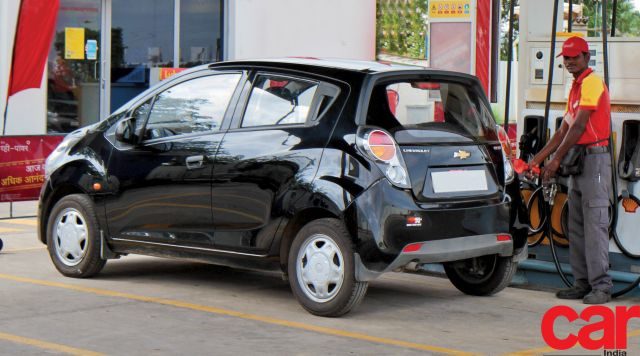
Over the past few months, all of us have been feeling the pinch of the sky-rocketing fuel prices. Intrigued, we decided to dig deeper to find out the rationale behind this
Story: Joshua Varghese
Nowadays, it is normal to see customers line up at a petrol pump and gaze at the meter hopefully (or wistfully), only to be disappointed by the high price. We know that a barrel of crude oil is cheaper than it used to be a few years ago. Then what is it that keeps the government from making fuel more accessible? We did a little digging to find out. While we did get answers, unfortunately, we did not strike oil… sigh.
Almost 70 per cent of our fuel requirement is supplied by imported crude oil. Consequently, an increase in the price of crude oil should trigger a proportional hike in the price of fuel. In 2013, the petrol price peaked at Rs 76.06 per litre in Delhi (Rs 83.62 per litre in Mumbai) while diesel was most expensive at Rs 53.78 per litre (Rs 60.80 per litre in Mumbai). At that time, the price of crude oil was USD 108.76 per barrel. Wind the clock ahead to May 2018 and petrol price in Delhi peaked at Rs 78.43 per litre (Rs 86.24 per litre, Mumbai) and, at Rs 69.31 per litre, diesel price was at an all-time high (Rs 73.79 per litre, Mumbai). Crude oil cost between USD 75 and 80 per barrel throughout the month. Although the price of crude oil has gone down by almost 30 per cent since 2013, there has been no proportional decrease in the price of fuel. On the contrary, it is more expensive now than it was five years ago.
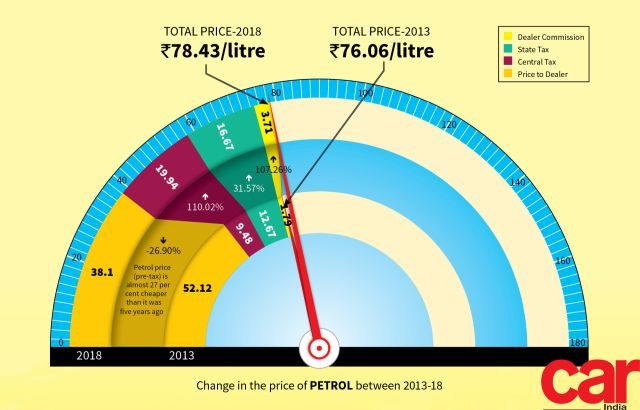
As a matter of fact, before tax, fuel is now cheaper than it was five years ago. The exorbitant price is a consequence of the large percentage of tax levied on it. Dealer commission, state government tax, and central government tax are the factors that affect the price of fuel. The Central tax on petrol has increased twofold as compared to that five years ago while the Central tax on diesel is now four times the old figure. Similarly, the state tax has shot up by 28 per cent for petrol while that on diesel has increased by 64 per cent. The only reasonable progression in this mix seems to be the dealer commission which now constitutes Rs 3.71 per litre for petrol and Rs 2.57 per litre for diesel.
Since Central and state taxes are a percentage of the price, the government’s revenue increases with each price hike. While the Central Excise Tax is specific, the state VAT (value-added tax) is ad valorem. That is why the price of fuel varies from state to state. For example, in Goa, petrol and diesel are reported to have peaked at Rs 72.17 per litre and Rs 70.43 per litre respectively. One way to bring down the price of petroleum products would be to revise the taxes — a move that is long overdue.

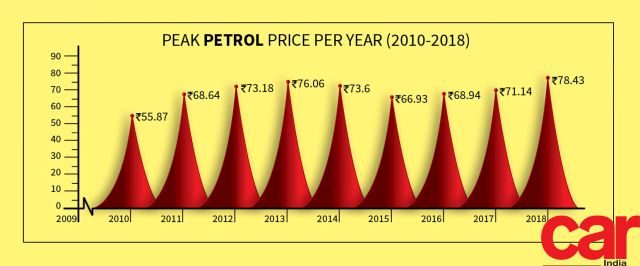
In the 2016-17 fiscal, the Central government is said to have generated a revenue of Rs 2.7 lakh crore from the tax imposed on the petroleum sector. This figure is more than double of what they received in the 2014-15 fiscal, according to some news agencies. They report that the state government’s revenue for 2016-17 has increased by 18 per cent from the Rs 1.6 lakh crore income they are estimated to have earned in 2014-15. Between November 2014 and January 2016, the Excise Duty was raised nine times. However, it was slashed only once, in October 2017.
The price of petroleum and its products could be decreased if they were included within the Goods and Services Tax (GST) that has been in force since 1 July 2017. Considering the amount of money the government is currently earning from fuel tax, it is reluctant to include petroleum products within the ambit of the GST. Even at the highest level of GST (28 per cent), the government is not going to generate the kind of revenue it now does.
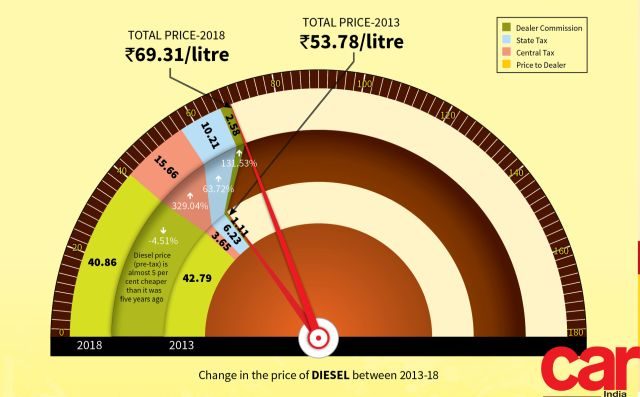
The information revealed by a top government official recently indicates that including petroleum products within the GST may not be the relief we are seeking. The official has been quoted as saying that a peak rate of 28 per cent along with state-levied tax (local sales tax or VAT) could be the tax structure if both fuels are placed under the GST. If implemented like this, we cannot hope to see a significant change from the current price of fuel.
If the government arrives at an acceptable rate of GST for petroleum products that protects the states’ revenue while keeping fuel accessible, a stable tax structure can be achieved. Any excess revenue generated can be fed into a “stabilization fund” that will enable the government to keep petrol accessible to the ordinary citizen while covering the losses, if any, incurred by the oil companies.
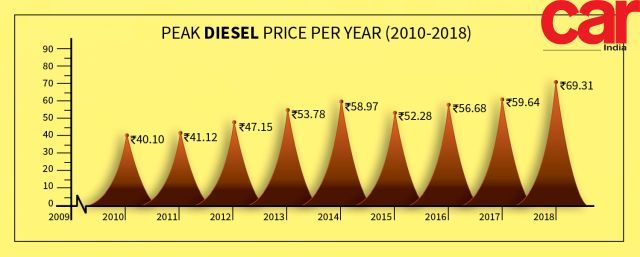

To summarize, the price of petrol can be optimized, but it can be done only if the government decides to take a “pay cut” in its tax revenue. The oil ministry maintains that the government is “sensitive” to rising fuel prices and is exploring alternatives.
Hopefully, this sensitivity will result in some action being taken to alleviate the plight of motorists across the country in the near future.





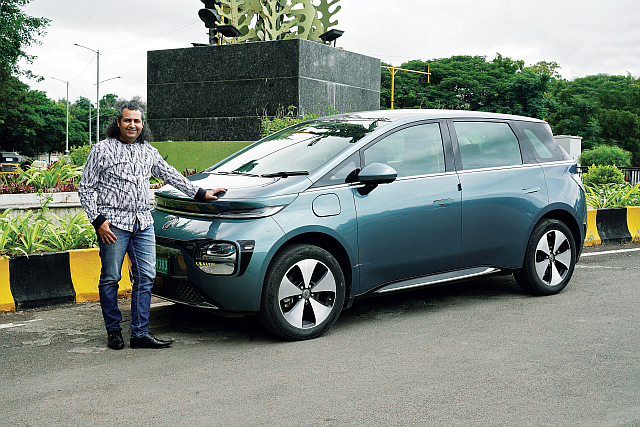





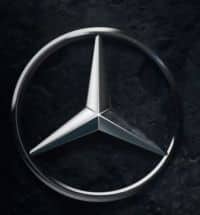


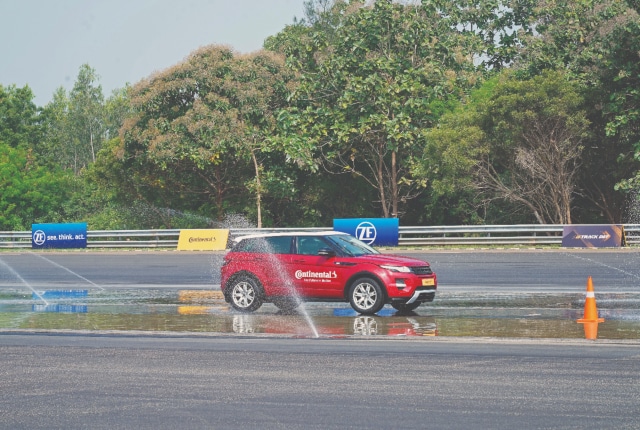


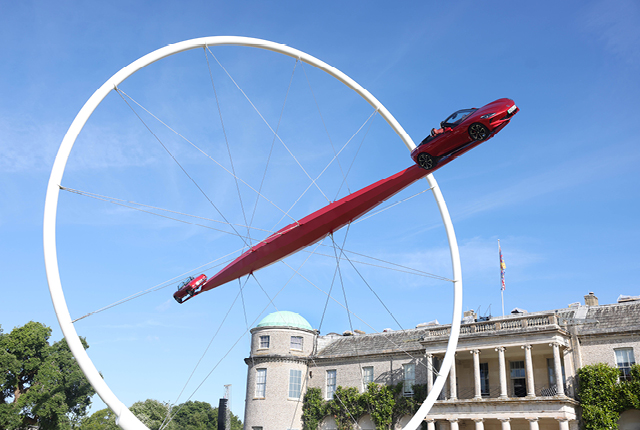




Leave a Reply